SERIES PREVIEW – Fire up your Pip-Boys: The first trailer for Amazon’s long-awaited Fallout TV series has finally arrived, and it looks stunning. The most exciting news on the Fallout front so far has come from the video game sector, with Bethesda CEO Todd Howard giving us a regular look at the game’s setting (Los Angeles) and its connection to games and canon. You can check out the trailer first, and then we’ll analyze how well it captures the atmosphere of the games.
For those unfamiliar with the games, the pre-game atmosphere is a real treat. Fallout takes place in an alternate American future where a nuclear war has turned America into a (mostly) radioactive wasteland. Some people survived by living in expensive underground shelters; others adapted to the radiation or underwent mutations to live on the surface. Over time, civilizations were rebuilt, and mankind used the ruins of old societies to create new settlements. But as much as the games are about the big issues of democracy and war, they are also about satirical human communities hidden in the ruins. Everything from a children’s city to a cannibal settlement is part of the Fallout magic.
There’s a lot to like in the first trailer, from the series’ production design to the incorporation of video game technology and creatures. But like all good trailers, it raises more questions than it answers, so let’s get to it.
The 33 deadly secrets of the Vault
When the bombs fell on America in the Fallout series, the rich and powerful went underground to hide from radiation and destruction in shelters designed by defense contractor Vault-Tec. And at first glance, the shelters created by the series’ creators bear a striking and eerie resemblance to what players see in the games. But fans know that Vault-Tec had other plans for the people trapped in these shelters, often conducting medical or social experiments on the survivors, all in the name of scientific advancement (and profit) at any cost.
While there are shelters in the Fallout universe that provide maximum protection for their inhabitants, the first preview suggests that Vault 33 is not one of them. What we’ve seen of Vault 33 is extremely violent: a brutal confrontation in the hydroponics section, blood splattered on a jukebox, and perhaps the most memorable scene in the trailer: a bunker resident with a fork in his eye firing a machine gun into the living quarters of Vault 33. If there is violence in a bunker, chances are Vault-Tec is behind it.
This is how every Fallout story begins: a young bunker resident goes to the surface in search of answers. What grand social experiment has Vault-Tec conducted that has turned the survivors against each other? What’s the connection between Vault 33 and the outside world (which, if Michael Emerson’s voice is any indication, Vault residents already know about)? And what is behind Chris Parnell’s one-eyed administrator? We hope to get answers to these questions in time.
It seems that an important protagonist is missing
For starters, Fallout fans may be excited to see the games’ iconic armor in action, especially with the promise of a battle between a soldier and a yao guai (essentially a radioactive black bear monster). But the series’ focus on the Brotherhood of Steel-the paramilitary alliance of soldiers and scientists depicted in the series-raises interesting questions about the status of the Fallout universe. Especially in light of recent comments that the series is canon along with the video games, and that the series takes place some 200 years into the Fallout timeline.
In the games, the Brotherhood of Steel was formed as a direct result of the nuclear war of 2077, but they are not the only power players in California. The New California Republic, a constitutional republic formed in 2186, is also a dominant political entity in the Fallout universe and is featured in several games. In fact, Fallout: New Vegas, widely considered to be one of the best games in the series, places the player in the middle of the conflict between the two entities in apocalyptic Nevada.
It’s entirely possible that the show didn’t want to dive into a military conflict in the first season; it might not be the best way to convey the unique Fallout vibe to a new audience, and it might be better to let viewers get used to the pseudo-1950s aesthetic and post-apocalyptic creatures that the games feature. Given that the factions represented are limited to the residents of the underground base, the Brotherhood of Steel, and the inhabitants of the wasteland, it seems that Fallout is at least leaning toward a more traditional origin story. But the introduction of a protagonist who can provide an insider’s perspective on the Brotherhood of Steel opens up a number of exciting possibilities for where the series could go.
Dogmeat: the best dog in a post-apocalyptic world
For starters, Fallout fans may be excited to see the games’ iconic armor in action, especially with the promise of a battle between a soldier and a yao guai (essentially a radioactive black bear monster). But the series’ focus on the Brotherhood of Steel-the paramilitary alliance of soldiers and scientists depicted in the series-raises interesting questions about the status of the Fallout universe. Especially in light of recent comments that the series is canon along with the video games, and that the series takes place some 200 years into the Fallout timeline.
In the games, the Brotherhood of Steel was formed as a direct result of the nuclear war of 2077, but they are not the only power players in California. The New California Republic, a constitutional republic formed in 2186, is also a dominant political entity in the Fallout universe and is featured in several games. In fact, Fallout: New Vegas, widely considered to be one of the best games in the series, places the player in the middle of the conflict between the two entities in apocalyptic Nevada.
It’s entirely possible that the show didn’t want to dive into a military conflict in the first season; it might not be the best way to convey the unique Fallout vibe to a new audience, and it might be better to let viewers get used to the pseudo-1950s aesthetic and post-apocalyptic creatures that the games feature. Given that the factions represented are limited to the residents of the underground base, the Brotherhood of Steel, and the inhabitants of the wasteland, it seems that Fallout is at least leaning toward a more traditional origin story. But the introduction of a protagonist who can provide an insider’s perspective on the Brotherhood of Steel opens up a number of exciting possibilities for where the series could go.
Get ready for Post-Apocalyptic Hollywood!
While the trailer focuses primarily on a post-apocalyptic Los Angeles – where curious underground base dwellers are greeted by nothing but ruins and sun-baked landscapes – the influence of mid-century America is still palpable. The Fallout series takes place in a world fundamentally different from our own, emphasizing a retrofuturism that embraces the technologies and values of post-war America. While we don’t see much of the old America in the trailer, the series looks promising in its exciting use of the new setting.
For one, the Fallout series has often turned some of our most iconic American landmarks into notable in-game locations, such as the National Mall in Fallout 3 and Fenway Park in Fallout 4. It’s highly likely that the series’ creators will not miss the opportunity to place Walton Goggins and company in a notable location, meaning that Fallout’s newest wilderness enclave will likely reimagine a recognizable Los Angeles landmark. And given Hollywood’s penchant for reimagining itself in movies and shows, it’s probably safe to assume that the film industry will play a big part in the world created by the series.
Also worth noting is the choice of music for the trailer: the song “I Don’t Want To See Tomorrow,” performed by Nat King Cole and released two years after the Cuban Missile Crisis. One of the great pleasures of the Fallout series is the in-game radio stations that provide hours of classic radio hits and world talk. Released in 1964, “I Don’t Want To See Tomorrow” is a bit of a departure from the usual 1940s and 1950s songs, but it still perfectly captures the excitement and tension of the nuclear age. Nat King Cole, who also hosted his own TV show in the 1950s, is another nod to the Hollywood world..
-Gergely Herpai (BadSector)-
Source : IGN

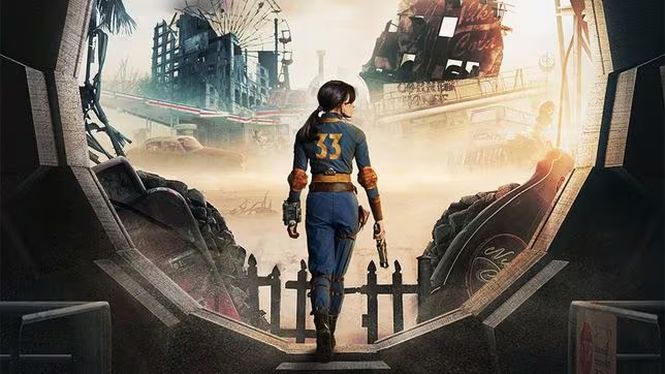

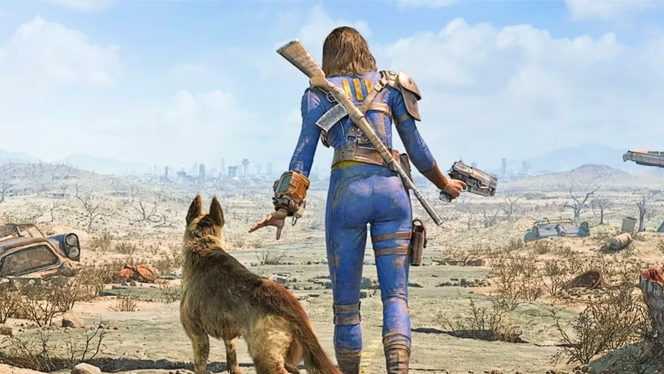
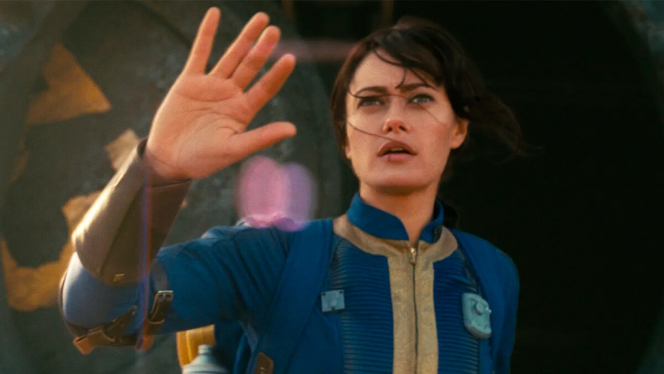


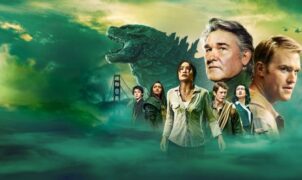





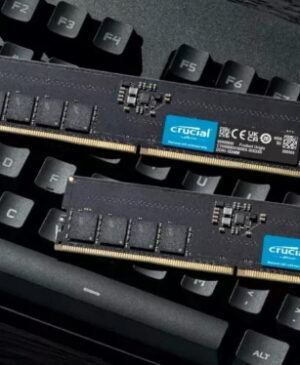

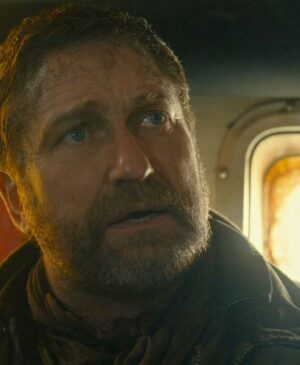

Leave a Reply